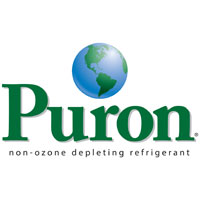Carbon monoxide is a by-product of incomplete combustion of fossil fuels and hydrocarbons. It is an odorless, colorless gas that can kill if a person is exposed to the gas for an extended period. Fortunately, we can help you prevent carbon monoxide poisoning.
Common Sources of Carbon Monoxide
Any heating system that uses hydrocarbons, such as fossil fuel or wood can produce carbon monoxide (CO) when burned. These include; space heaters, wood burning stoves, water heaters, fireplaces, furnaces and gas central heating among others.
Symptoms of CO Poisoning
As mentioned earlier, CO is an odorless and colorless gas, so you will neither see nor smell it. If you are exposed to CO for an extended period, you will start to experience dizziness, nausea, fatigue, headaches and irregular breathing. In short, you will experience all flu-like symptoms with the exception of fever. You know you have CO poisoning in your home if the symptoms disappear when you go out and reappear when you go back inside.
If you suspect you have CO poisoning in your home, the first thing you need to do is get out of the house. Be sure to evacuate all the occupants of the house, including pets. Since oxygen levels in your blood may be very low, it is important that you sit still for a couple of minutes. Meanwhile, you can be calling 911 for help. CO poisoning can easily be treated through oxygen therapy.
Preventing CO Poisoning
The most effective way of preventing carbon monoxide poisoning is installing CO detectors and alarms in every bedroom in the house as well as the living room. We know all the high-risk areas around the house, so we can help you install an effective CO detection system. That’s not all! We can also inspect your home to identify the main sources of the CO and carry out the necessary repairs.
CO is a dangerous gas that kills dozens or people in the country every year. However, this does not have to be the case. To make your home safer for the family, be sure to call our offices.
Follow our blog for more information on heating, cooling, and keeping your home energy efficient.













